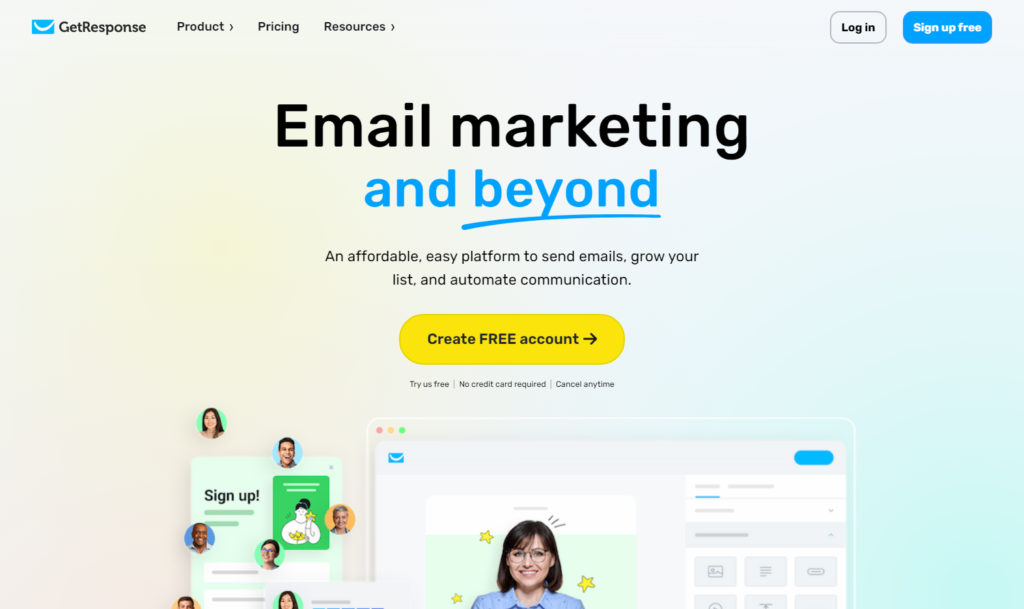User Experience (UX) design has evolved from a niche discipline into a core element of successful digital products. In today’s fast-paced and user-centered world, UX design is no longer a “nice to have”—it’s a competitive advantage.
In this post, we’ll explore what UX design is, why it’s essential for businesses, how the UX process works, and current best practices to improve your product or service.
Understanding UX Design
UX design refers to the process of designing products (mainly digital) that are useful, usable, and enjoyable to interact with. It involves a deep understanding of users—their needs, values, abilities, and limitations.

UX vs UI: What’s the Difference?
A common misconception is that UX and UI are the same. They’re not.
- UX (User Experience): Focuses on how the product works and feels.
- UI (User Interface): Focuses on how the product looks and interacts visually.
You can have a beautiful UI and still offer a poor UX. A strong UX ensures that users can easily navigate and achieve their goals with minimal frustration.
Why UX Design Is Critical for Business Success
Great UX goes beyond good aesthetics—it directly impacts key business outcomes.
1.
Improves Conversion Rates
A frictionless experience leads to higher conversion rates. Whether it’s completing a purchase, signing up for a service, or downloading an app, optimized UX design smoothens the path to conversion.
2.
Increases Customer Satisfaction and Loyalty
When users enjoy interacting with your product, they’re more likely to come back. UX creates positive emotional connections, which lead to better retention and loyalty.
3.
Reduces Development Costs
Investing in UX early helps you avoid costly redesigns and fixes later. With proper user research and testing, you build solutions that are right the first time.

The UX Design Process Step by Step
Successful UX design follows a structured process that places the user at the center.
1.
Research and Discovery
Understand your users and their problems. This involves:
- User interviews
- Surveys
- Competitor analysis
- Analytics review
This step helps define the real pain points your product should solve.
2.
Define Personas and User Journeys
Use research to create user personas—fictional characters representing different segments of your audience. Map out their user journeys to visualize how they interact with your product.

3.
Wireframing and Prototyping
This is where ideas take shape. Wireframes are basic layouts that show the structure of a page. Prototypes are interactive mockups that simulate user flows.
Tools like Figma, Adobe XD, and Sketch are commonly used here.
4.
Usability Testing
Test your prototypes with real users. Watch how they interact, where they struggle, and gather feedback. Then iterate and improve.
5.
Implementation and Continuous Improvement
Once validated, the design is handed to developers. After launch, continue collecting data to refine and optimize.
Key Principles of Great UX Design
Certain timeless principles underpin excellent UX:
1.
Clarity Over Cleverness
Design should communicate, not confuse. Users should understand what actions they can take at a glance.
2.
Consistency Builds Trust
Consistent layout, icons, and navigation across your product reduce the learning curve and increase user confidence.
3.
Accessibility Is a Priority
Inclusive design ensures your product works for people with disabilities. This includes readable fonts, keyboard navigation, alt text for images, and proper color contrast.
4.
Speed Matters
Users expect fast load times. A delay of even one second can result in lost engagement or sales.
5.
Feedback and Visibility
When users take action, give them immediate feedback. For example, loading indicators, success messages, and form validation help reassure users.
Common UX Design Mistakes to Avoid
Even the most well-intentioned designs can go wrong. Here are some pitfalls to avoid:
- Too many CTAs: Overwhelming users with choices can reduce conversions.
- Ignoring mobile users: A non-responsive design frustrates mobile users—optimize for all devices.
- Overdesigning: Animations and flashy visuals may look great but can distract from the user’s goal.
- Skipping research: Guessing what users want usually leads to poor decisions.
- Not testing enough: Launching without usability testing is risky.
UX Trends to Watch in 2025
The UX landscape continues to evolve. Here are a few trends shaping the future of user experience:
1.
AI-Powered Personalization
Machine learning is helping tailor user experiences in real-time based on user behavior, preferences, and data patterns.
2.
Voice and Conversational UX
Voice interfaces like Siri and Alexa are becoming mainstream. Designing for voice interactions is a rising challenge.
3.
Microinteractions
Small animations and feedback (like a heart filling when you like a post) enhance delight and usability.
4.
Dark Mode and Visual Ergonomics
More apps are offering dark mode and eye-friendly UI for better usability in low-light environments.
How to Start a Career in UX Design
If you’re considering UX design as a career, start with:
- Learning the fundamentals – UX laws, heuristics, design thinking
- Practicing with real projects – Redesign apps, create case studies
- Building a portfolio – Showcase your design process, not just pretty UIs
- Networking – Join design communities, attend UX meetups, seek mentorship
Courses from Coursera, Interaction Design Foundation, or Google UX Certificate are great places to begin.

